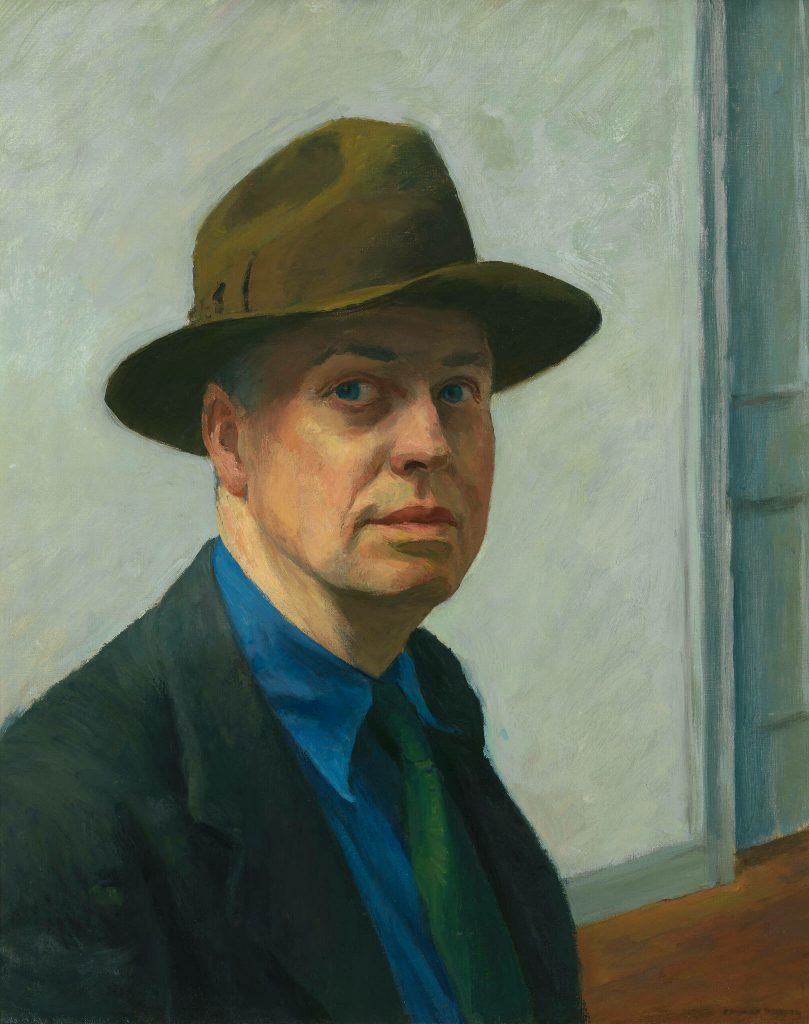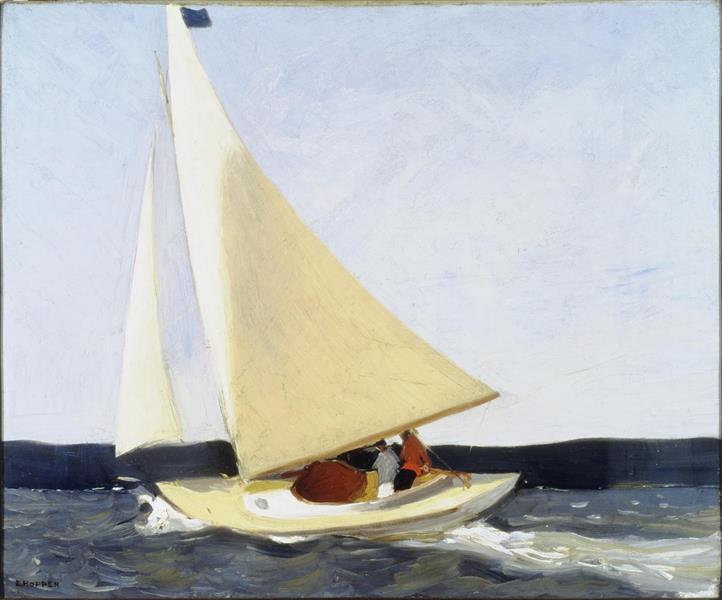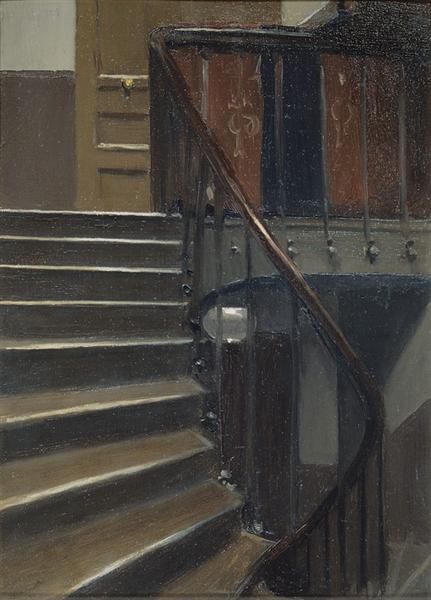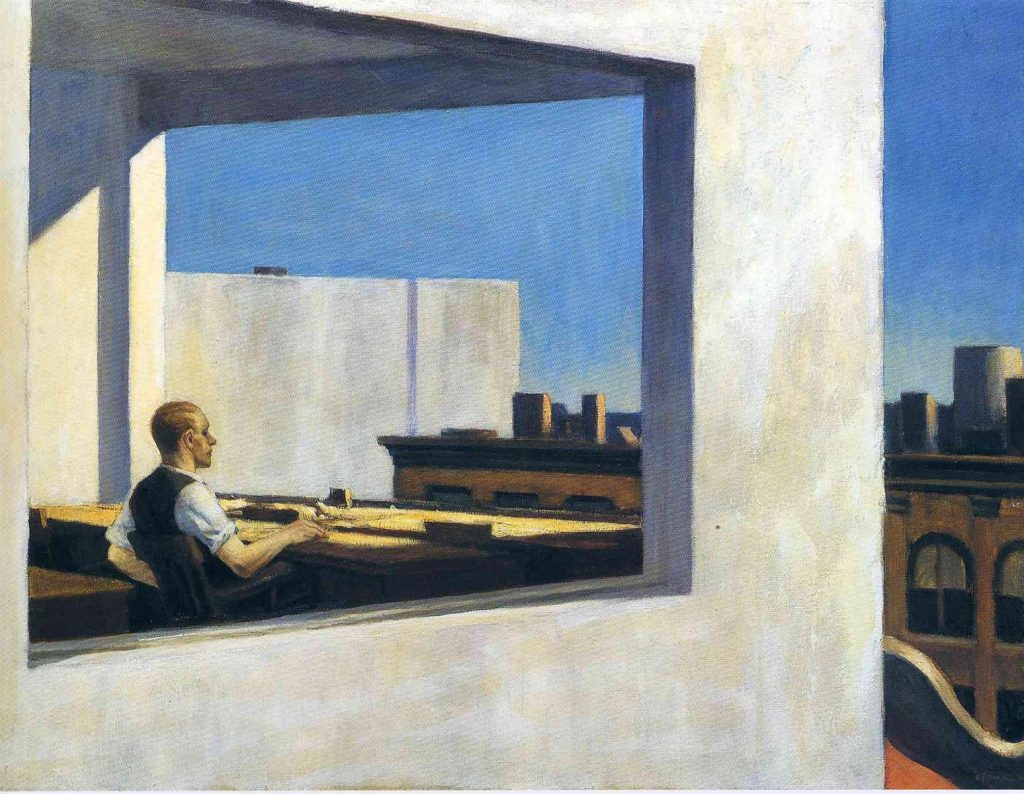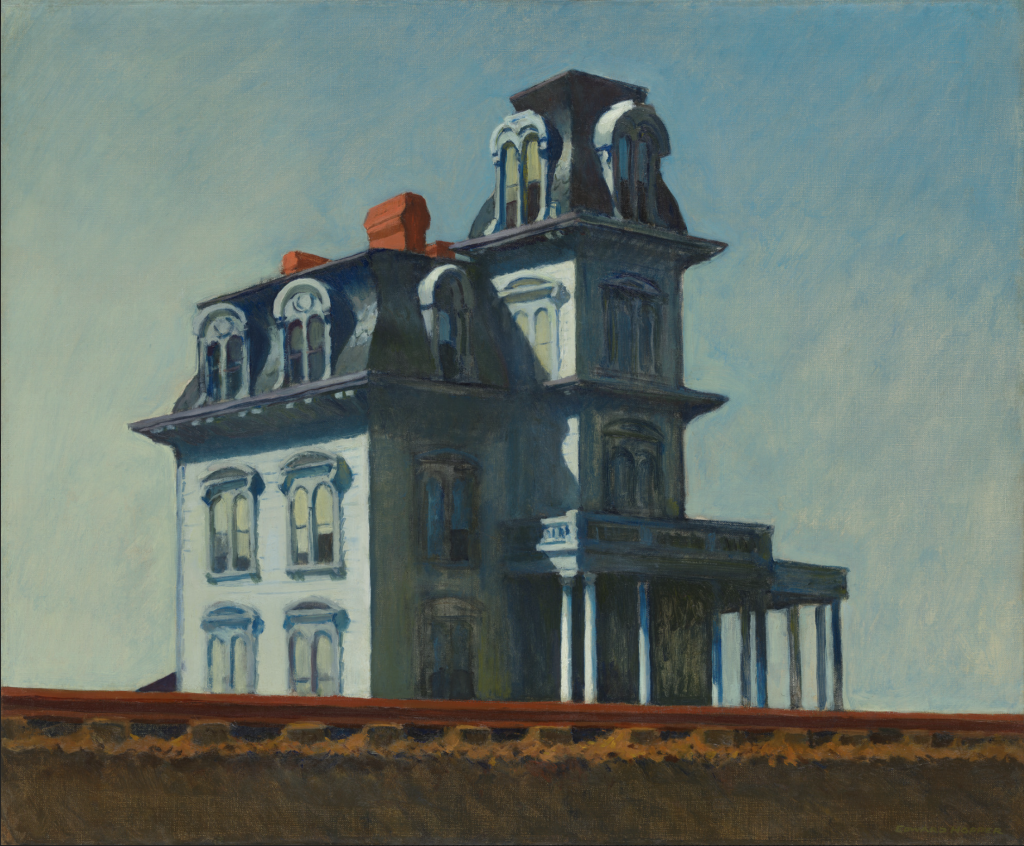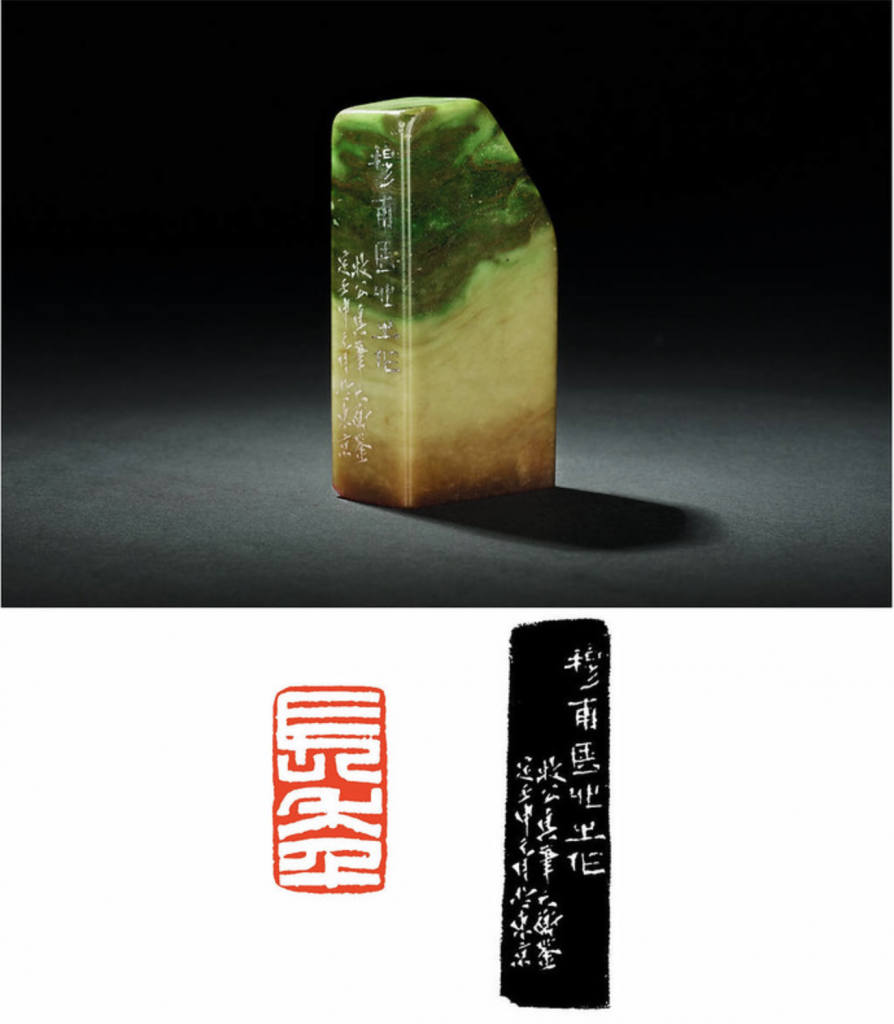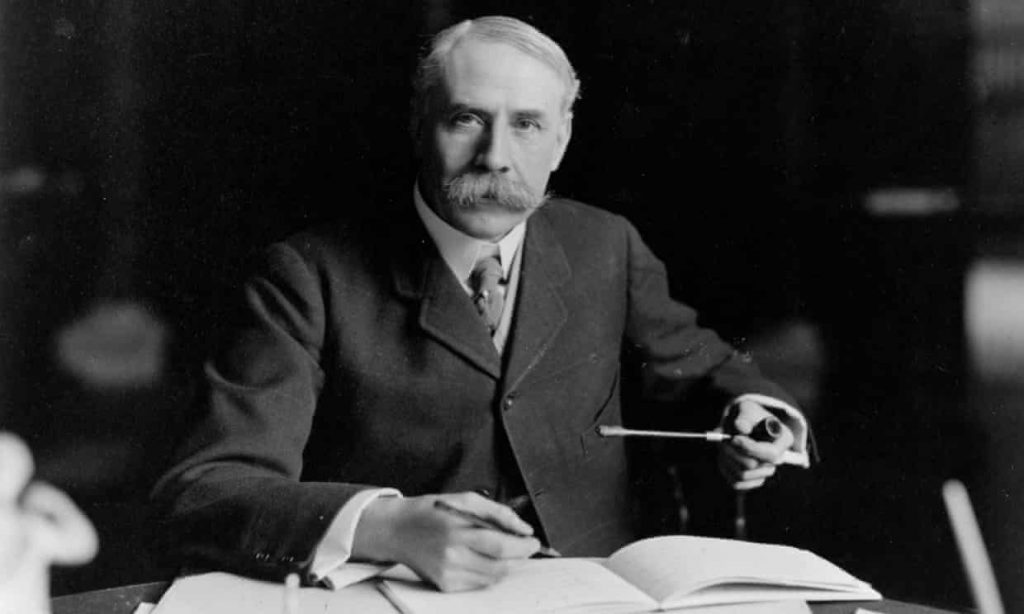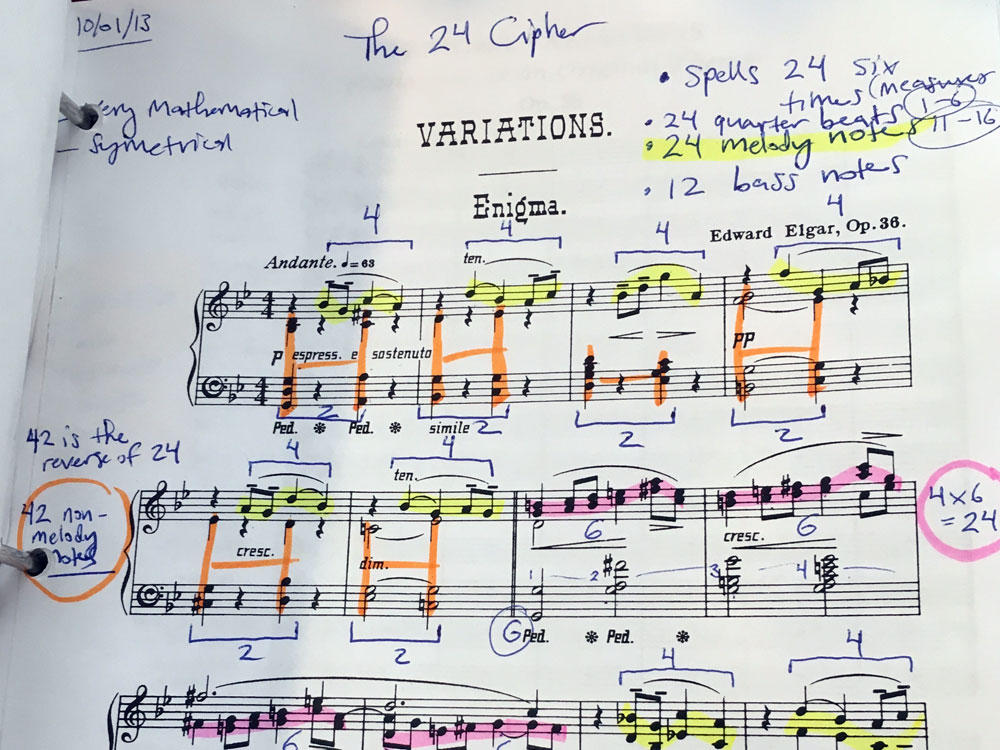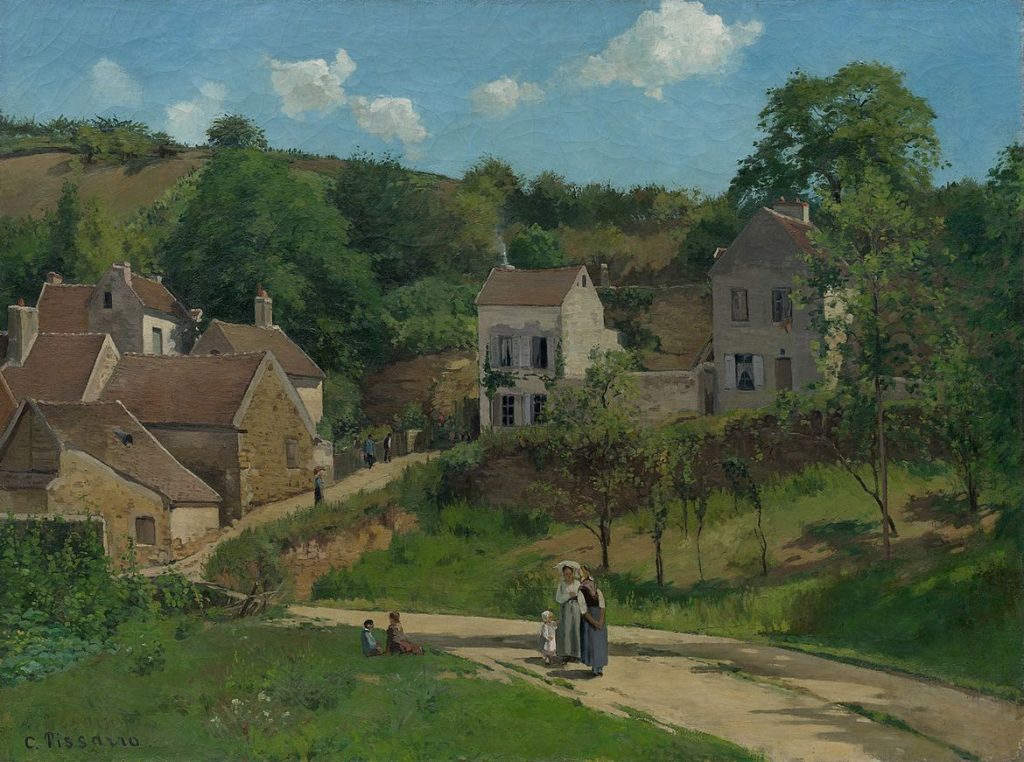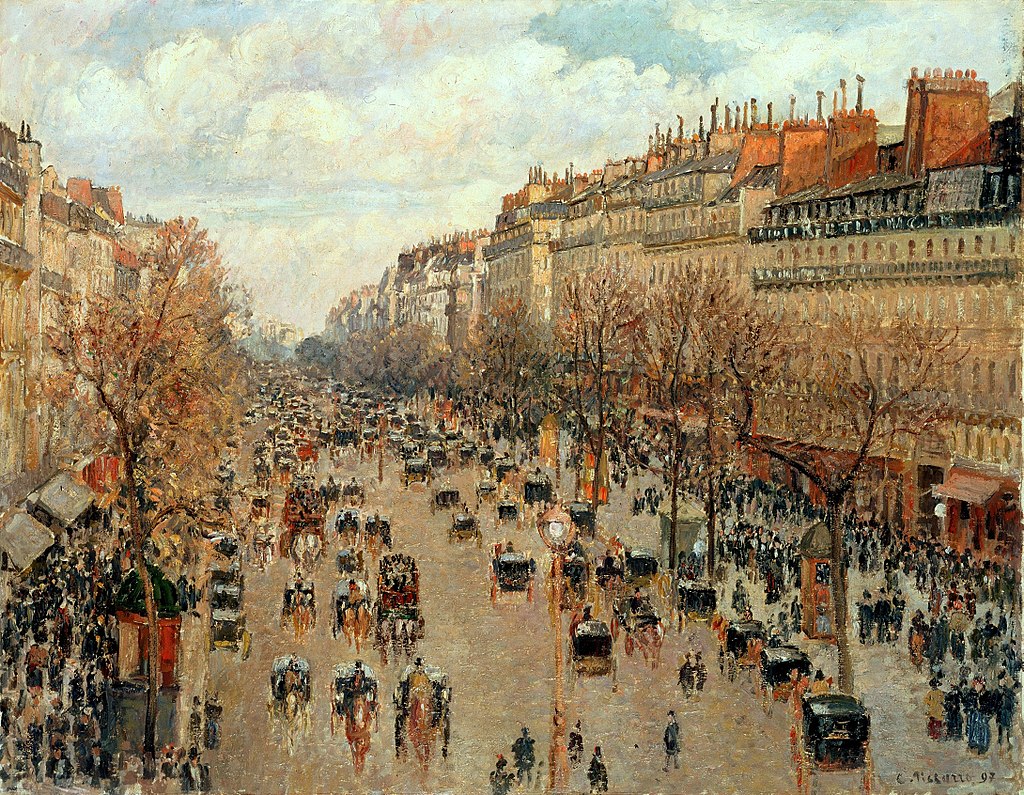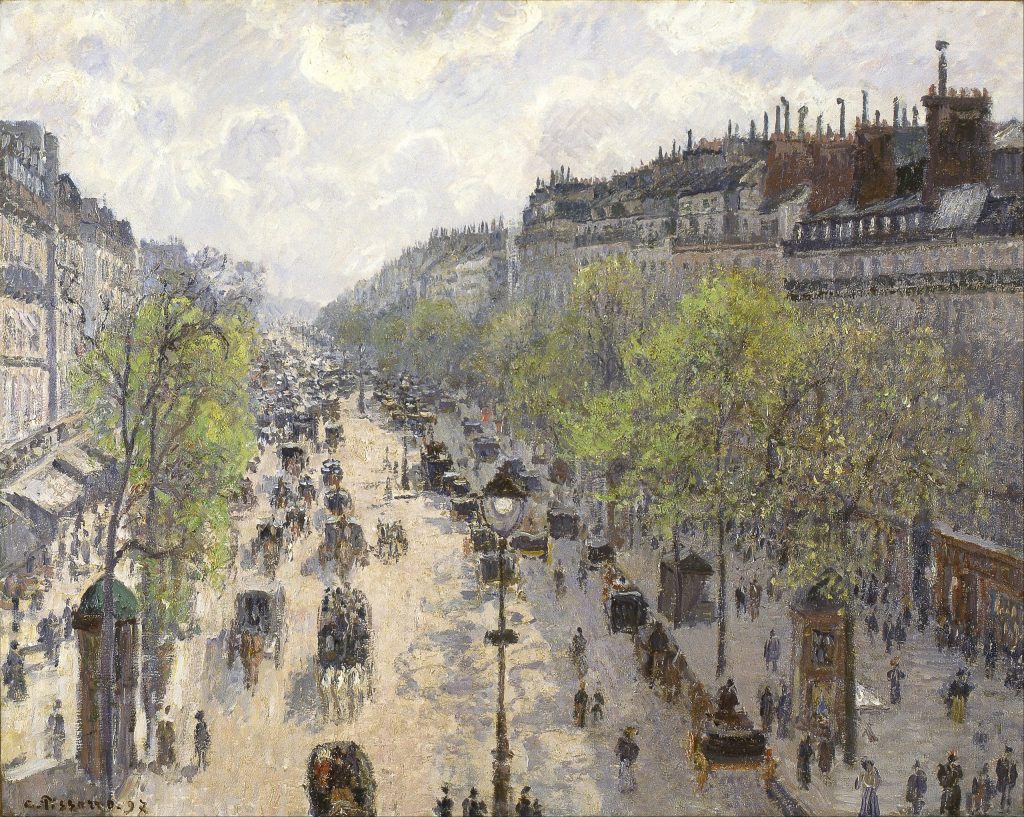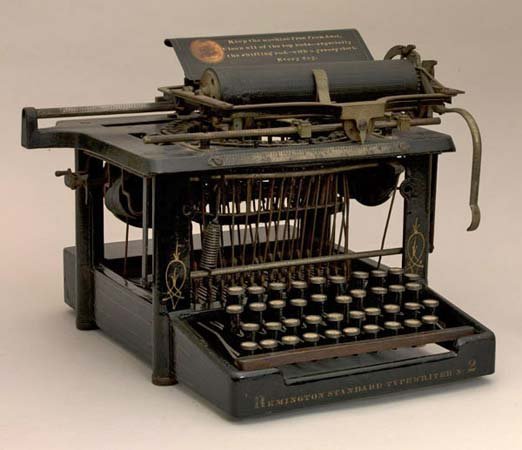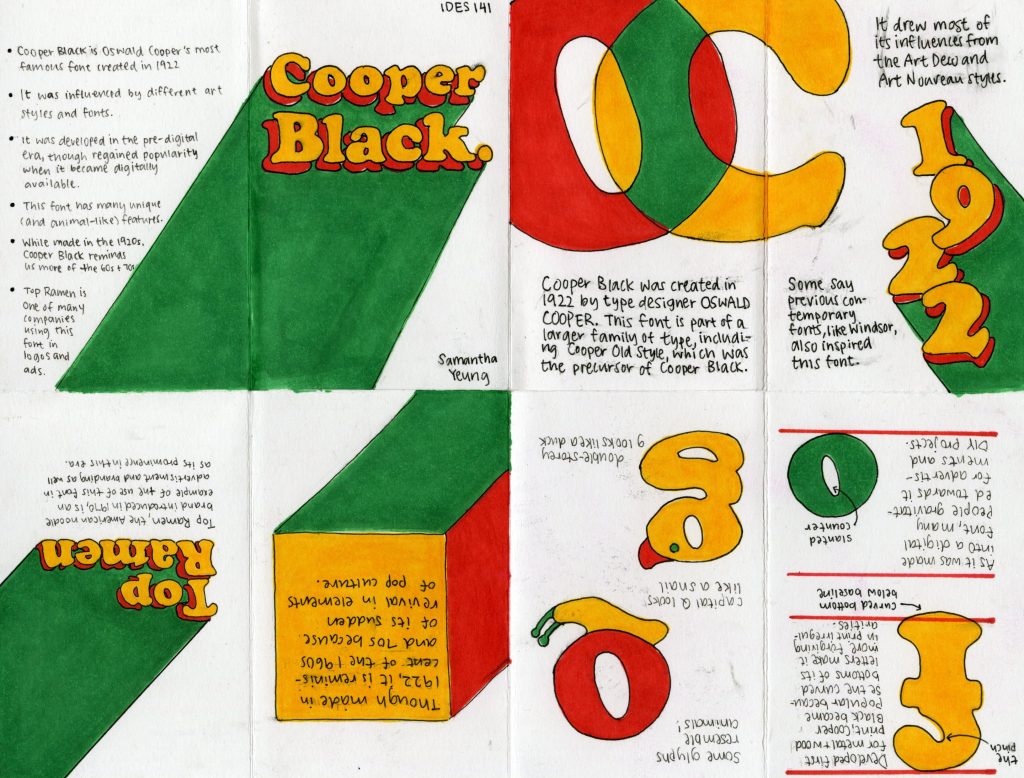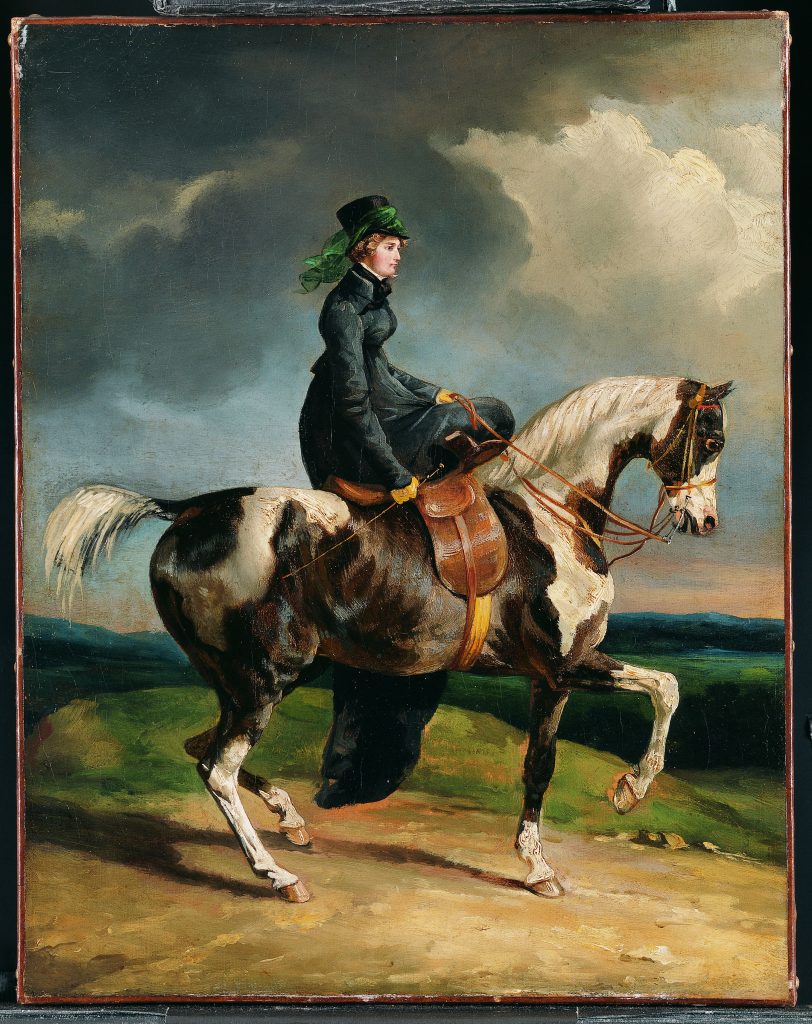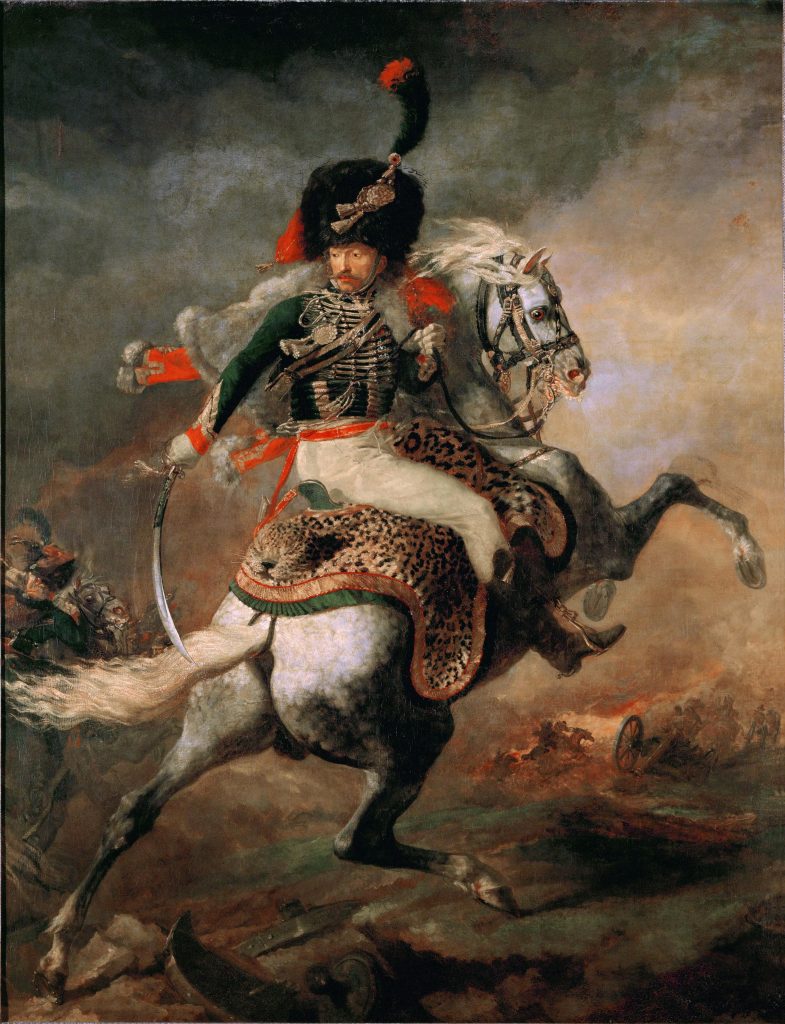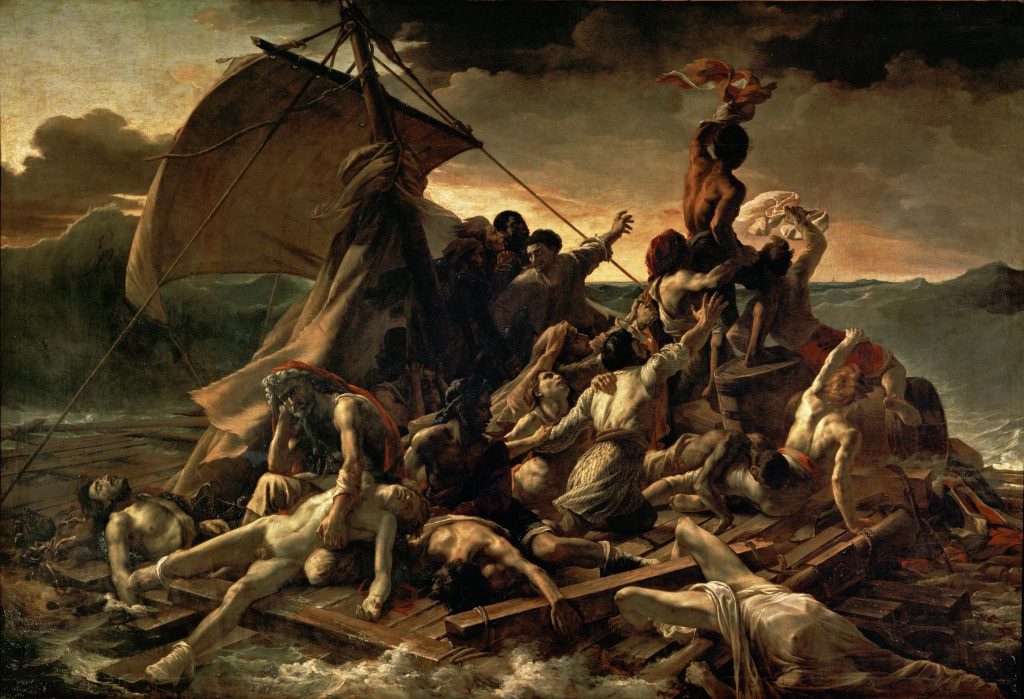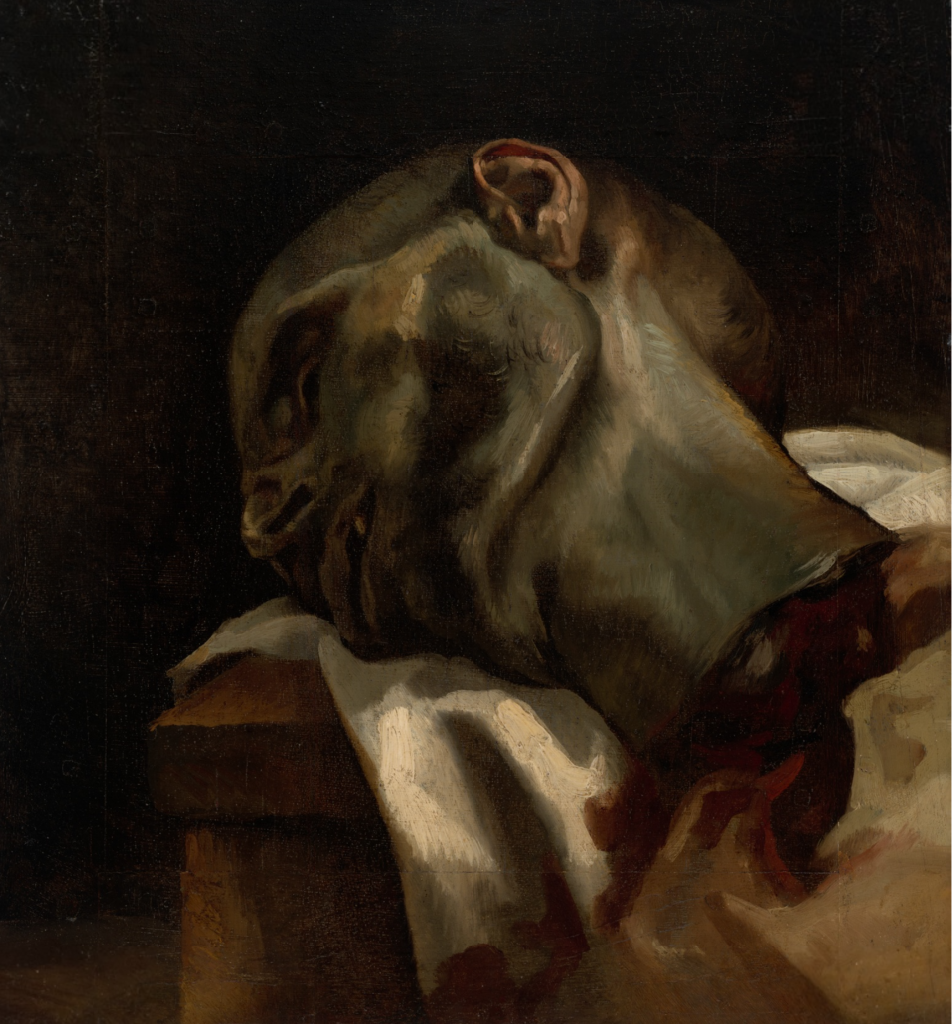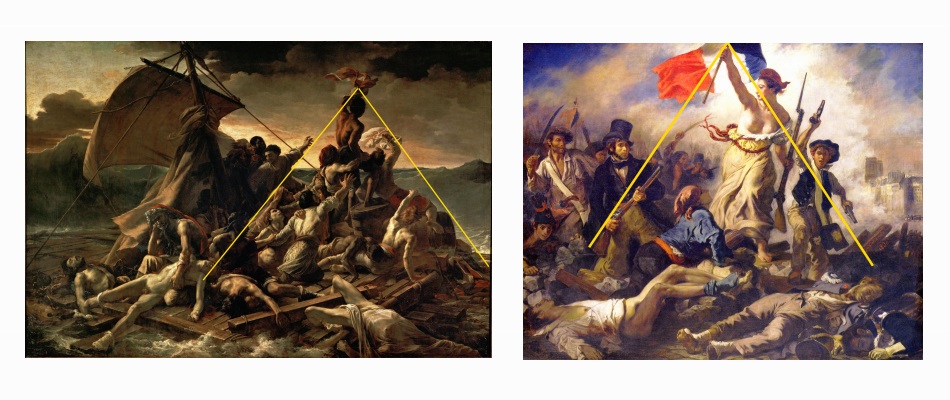Birth of a Legend
Hayao Miyazaki was born in Tokyo in 1941. Because of Japan’s state during the war at the time of his birth and early childhood, much of his first memories were of evacuations and “bombed-out cities.” Though his father [name] enjoyed purchasing and displaying art, he didn’t have much knowledge about painting, so Miyazaki’s early interest in animation is quite interesting. It was possible that came from his mother who he was closest with, though she passed away from spinal tuberculosis later in Miyazaki’s life.
Early Career
Miyazaki graduated from Gakushuin University with a political science and economics degree, but he eventually found a job at Toei Animation. He stayed there for most of his early career, taking part in animating feature anime movies and slowly moving up the ranks. After leaving the company, his individual style began to develop shine through in manga strips he wrote for magazines.
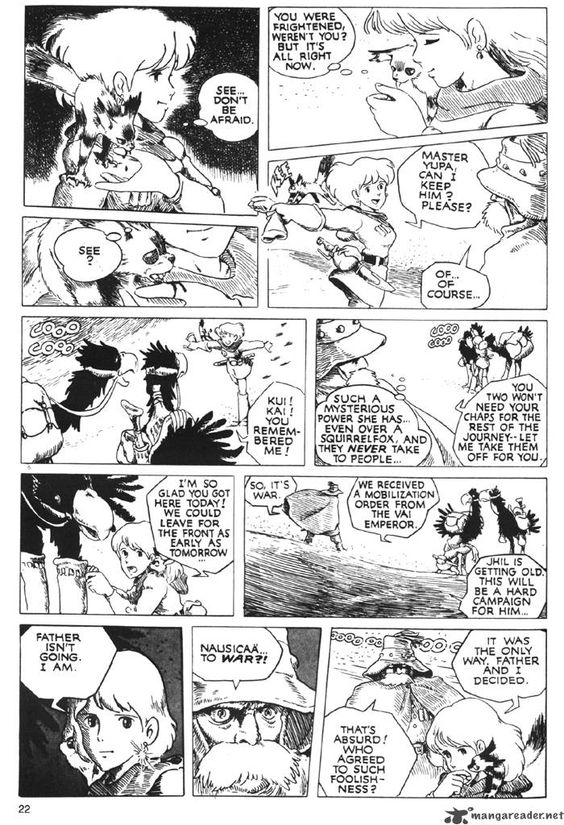
Studio Ghibli
While he is a great illustrator and manga artist, Miyazaki is most known for his phenomenal and unique storytelling that he finally got to showcase through Studio Ghibli. The success of Nausicaa of the Valley inspired the creation of the infamous studio in 1985 and was later animated into a film produced by the company. Today, he has animated films include My Neighbour Totoro, Castle in the Sky, and Ponyo, and are all internationally recognized for their unique perspectives and mesmerizing music score.
Miyazaki’s voice shines brightly through his work. While all of his films have an absolutely captivating storyline, they all have underlying themes of environmental consciousness and conservation. As someone who has grown up with his films, they give me a nostalgic feeling of childhood innocence that I don’t seem to get with anything else. The serene qualities and accompanying music add a very nice touch and complete his works.

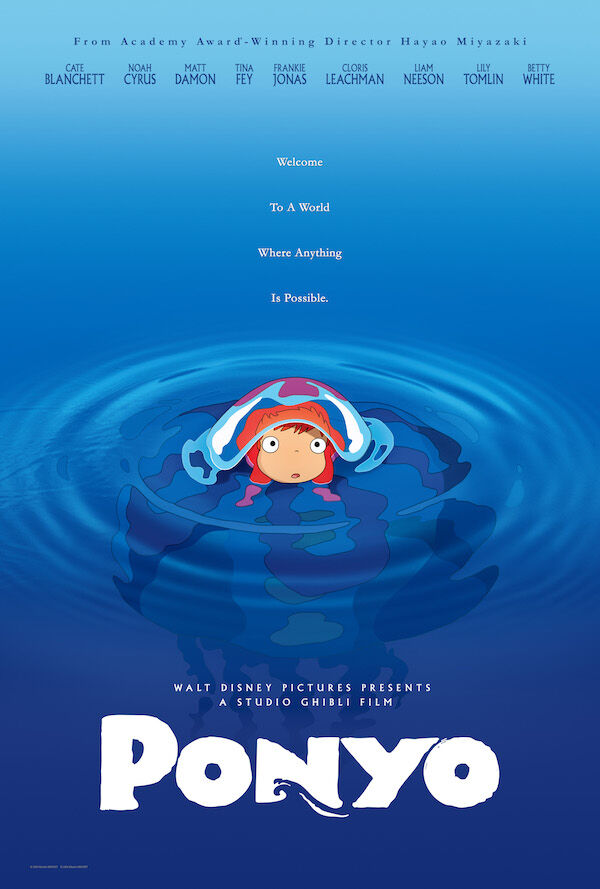
Spirited Away
Spirited Away is possibly my favourite movie of all time. I remember watching it as a child and being confused and rather scared, as there was a specific scene where the main character’s parents turned into pigs. Though obviously, I grew very fond of the film as I learned to appreciate the beauty of not only the animation, but also all other aspects of the movie. His mystical concepts are truly out of this world and balance just the right amount of fantasy and reality.
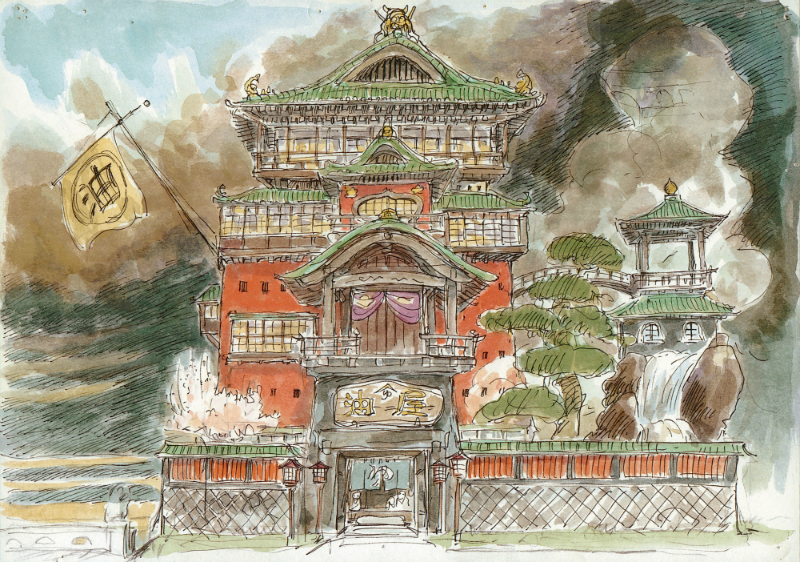
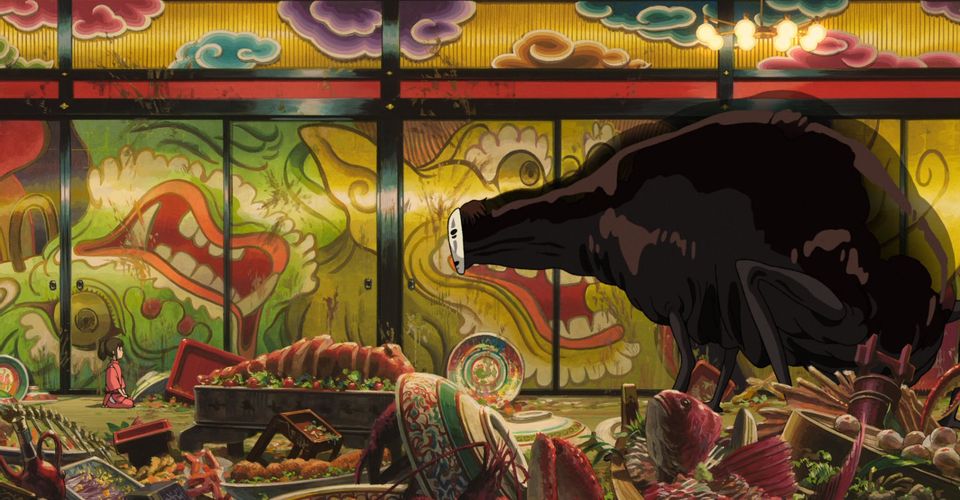

I recognize that this blog post is mostly commentary on his life and films rather than specific illustration works. Despite that, I think that Miyazaki’s art was the perfect vehicle for him to grace us with his incredible talents, which, in a way, is precisely what being an artist is all about.
Happy holidays and happy almost retirement Jeff!
Sources
https://www.britannica.com/biography/Miyazaki-Hayao
https://en.wikipedia.org/wiki/Hayao_Miyazaki#Early_career
https://wherecreativityworks.com/illustrator-study-hayao-miyazaki/



